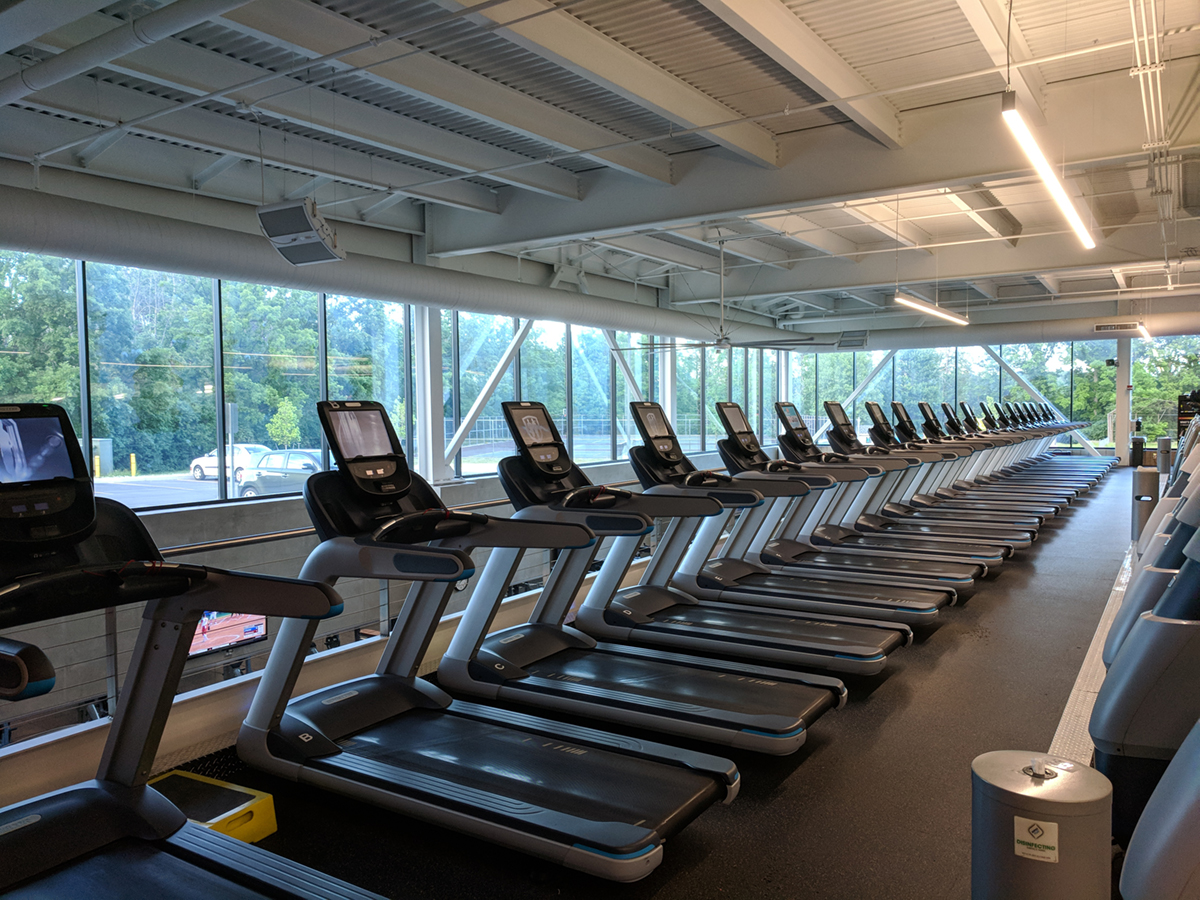
The features of the home treadmill are constantly improved by the manufacturers. This is also the main reason why the so popular cardio machines have seen such drastic improvements over the past few decades.
The modern treadmill comes in various shapes and sizes and typically with a rich range of functions, but what most people don't realize is that the earliest of beginnings of the home tread mill dates back over a hundred years. Namely, amongst the first treadmills were used as early as 1975.
A bit of History
Thefirst treadmills were built long before the industrial revolution. Namely, agriculturalists were in need of some equipment which could be moved about between locations, yet would be powerful enough to meet the needs. And this is when an innovative mind had come up with a machine which was powered by an animal walking on a moving belt. The machines were then built in various sizes and shapes in order to allow for different animals to use them. They were used as butter crunchers, thrashing machines and so forth.
Thefirst animal treadmill was adopted to one which could be used by humans in 1952. It was adopted as such by a doctor at the University of Washington who could see the medical benefits in its use.
The modern treadmill is however a child of the 60s. It had occurred as one of the products of the then-expanding fitness industry. Amongst the first manufacturers of these machines were Tunturi and Aerobic, Inc. The technology was greatly contributed by NASA, who also had models of their own.
The first motorized treadmills did not hit the markets until the 80s.
The Features
Beforepurchasing a home treadmill, it is very important to understand at least the basic of its features. Some education is necessary concerning its manufacturer, reliability, usability, and so forth.
Motor horsepower. A person looking for a treadmill in order to use it for light walking, should go for one with at least 1.5 hp (continuous duty), whilst runners (or people who weigh more than 180 lbs) should go for at least 2.0.
Tread-belt surface. Some standards insist that the minimum tread-belt surface ought to cover an area of 49"x18". A good rule of thumb would be that the taller the person is, the more area is required. Atop of that, two-ply belts are better than single-ply ones. This is because they are more durable.
Deck cushioning. A suspended treadmill deck will lessen the impact of walking/running. This is why adequate cushioning is one of the most important aspects of a good treadmill. It is to prevent injuries to the runners ankles and so forth.
Console. It is recommended to go for LED or LCD console displays. These will allow the runner to monitor his or her running speed, distance, calories burn rate, time, pulse, etc. Push button speed as well as power incline controls should be required as well, as they will allow adjustments on the go.
Incline. The typical treadmill has got an incline of 10%. This is because this figure is adequate for most people's average fitness levels. This means that a fitness buff ought to go for a slightly steeper solution, say 15% incline.
Workout programmes. These are important for the runner's motivation. The richer the variety, the more motivated the runner is to use and rotate them when they become too boring. A number of programmes are built in, but there are also advanced features for experienced runners who'd like to build their own.


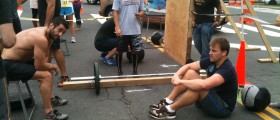
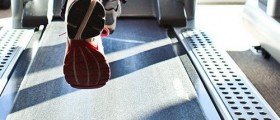
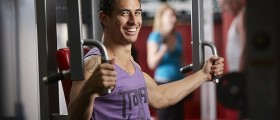

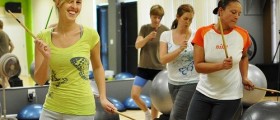


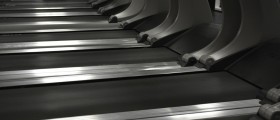

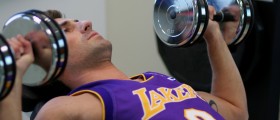




_f_280x120.jpg)
Your thoughts on this
Loading...